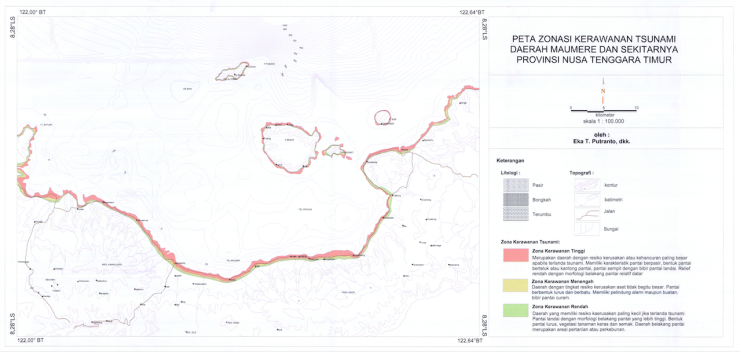
This paper critically reflects the transferability of local knowledge adoption to foreign lands and/or by other peoples. It also challenges the universal construction of and acceptance of “going to the higher ground” to save lives to avoid tsunamis hitting the shore. Scientists and practitioners of tsunami preparedness and disaster management often promote the idea of “running to the higher ground” when the physical and biological indicators of tsunami appear at beaches. Many peer-reviewed and grey literature has discussed the role of local knowledge (LK) of indigenous tsunami warning systems that saved lives across the Indian Ocean from Simelue Island of Aceh. In Simelue Island, ‘only’ seven lives were lost as the people went to higher ground.
This research argues that the indigenous Smong (tsunamis) warning systems informed by TK in Semelue Island could still save the lives of the people on the island in future tsunami events. However, a critical analysis of the real merit of the LK in the context of Simelue Island needs to be made in order to be meaningful for the locals to deal with future tsunami risks. Informed by some observation from East Flores, several people who evacuated themselves to the nearby hills got killed and buried by landslides as soon after the 1992 Flores Earthquakes. This paper challenges the universal belief that “running to the higher ground” could save lives.
